Formula 1's 2026 regulations promise more agile cars, and means of regaining some of the overtaking range lost to teams' aerodynamic advances and the demise of DRS.
But are they really on the right track and will they achieve their goals?
Here are our team's initial thoughts:
Hybrid cars still restrict everything
Mark Hughes
Given the restrictions imposed by the insistence on hybrids – very large, heavy cars – made more extreme by the dramatic increase in battery size and the accompanying reduction in fuel flow, this is an ingenious set of regulations.
But intelligence is the solution of a subjective problem. When you hear F1 CEO Stefano Domenicali thinking out loud about the possibility of no hybrid cars in 2030 now that we have sustainable fuels, it sounds as if Formula 1 might be sensing its way back to light, agile cars.
Simplicity and elegance are a good starting point
Scott Mitchell Malm
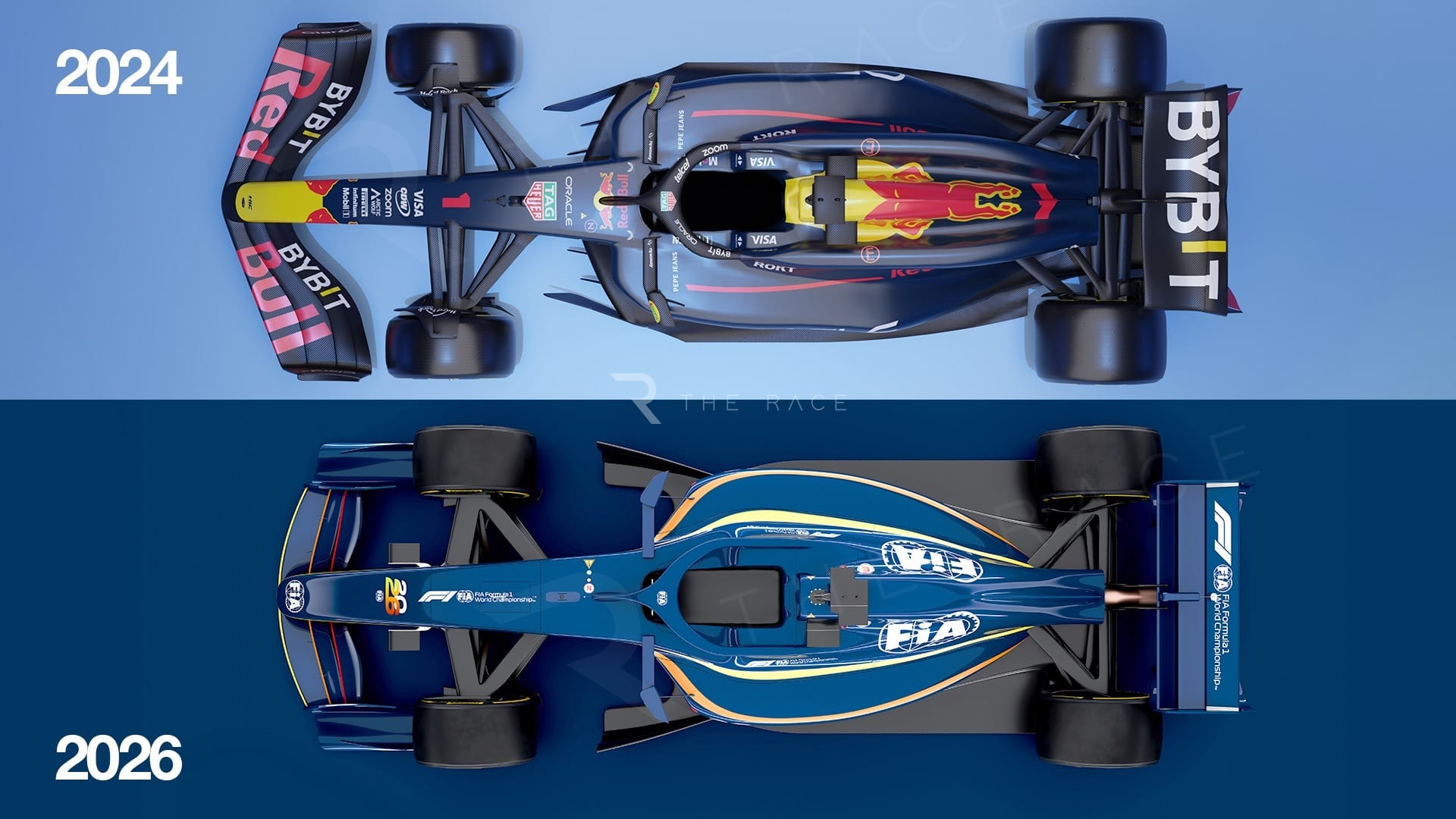
Once my initial shock after seeing the pronounced front wing of the 2008 and 2022 cars passed, I started to like how pared back this look is compared to current and future concepts we've seen pushed before the current rules era.
Visually, there's no shocking departure – but it feels like what it is, a slightly smaller, slightly streamlined car designed to be a little more agile with a big focus on being able to follow along more easily. This is a good start.
We have seen since 2022 how quickly the FIA's best intentions regarding trackability and 'raceability' can be undermined by team development. So I'm not holding my breath that these cars will suddenly create races at the spec series level.
But there are clearly some more aggressive solutions to deal with outflow (assuming that is the best route to take) and a power management/deployment strategy rather than DRS as we know it is an interesting development.
This can be very difficult to explain or follow while in a power-based battle in a Grand Prix, and it is essential that any differences in available power are not so large that overtaking eventually becomes too easy – especially with manual power assist overtaking.
But I'm cautiously optimistic about what might be possible.
Real 2026 cars will look very different
Glenn Freeman
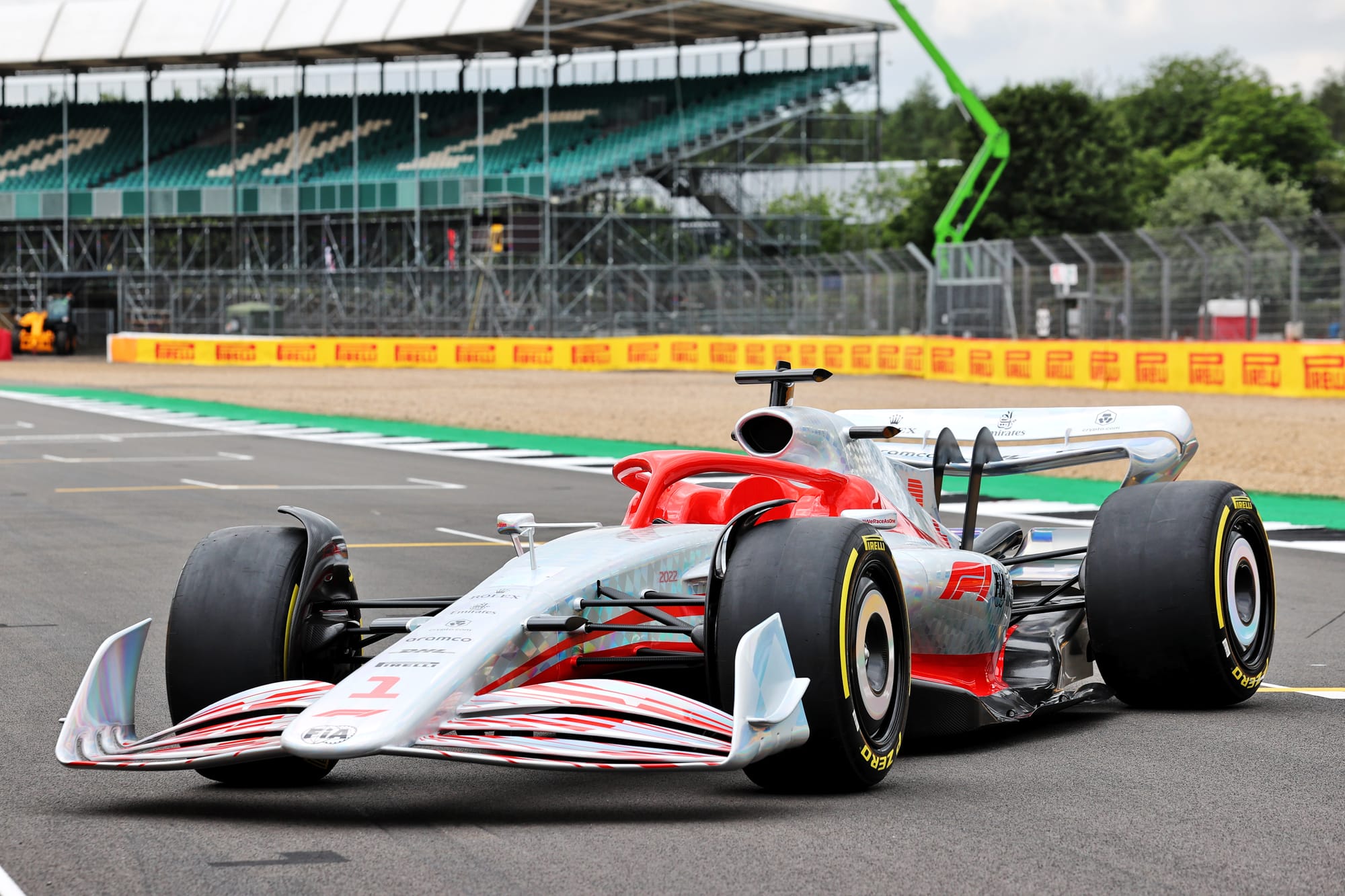
The latest experience with the 2022 rules reveals that we can be sure of one thing: what we are looking at here is a low-fidelity version of what teams will come up with.
This is not a criticism of the FIA for the images they released. It's the natural way these things work. It is not the FIA's job to try to guess what a completely, simple duplicate of a car built to these regulations would look like.
Just like the 2022 show car unveiled at Silverstone in 2021 (pictured above), all this does is give us some visual cues of what to expect.
So when the real cars start to appear in the 2026 pre-season, we can expect them to be more aggressive interpretations of these rules than we can see at the moment.
A good step away from full-size cars
Oliver card
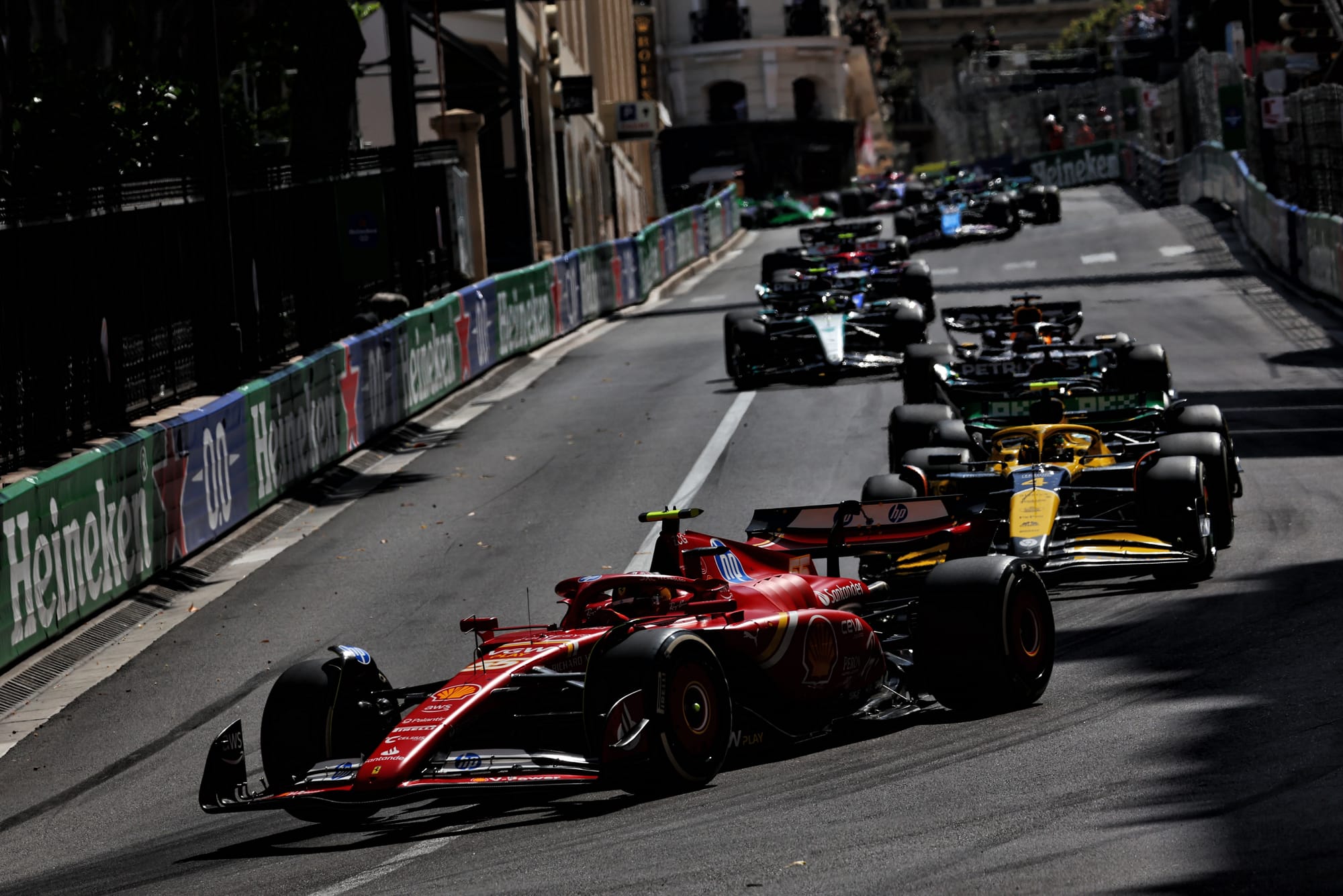
All you have to do is watch this generation of Formula 1 cars crawling through the streets of Monaco recently to realize that the current oversized grid needs to be radically overhauled to return to the days of cars dancing and jostling for position.
Although not overly radical (partly due to retaining incredibly efficient but significant weight hybrid technologies), in F1 terms, these are important weight reduction measures and hopefully an approach that ultimately achieves what drivers, teams and fans desire. .
I also tend to take the 'importance of the road' with a pinch of salt, but Formula 1 accelerating the development of sustainable fuels into something that can be available to consumers is an exciting prospect that I hope will really come to fruition.
Enough of the revolutions
Josh Sattel
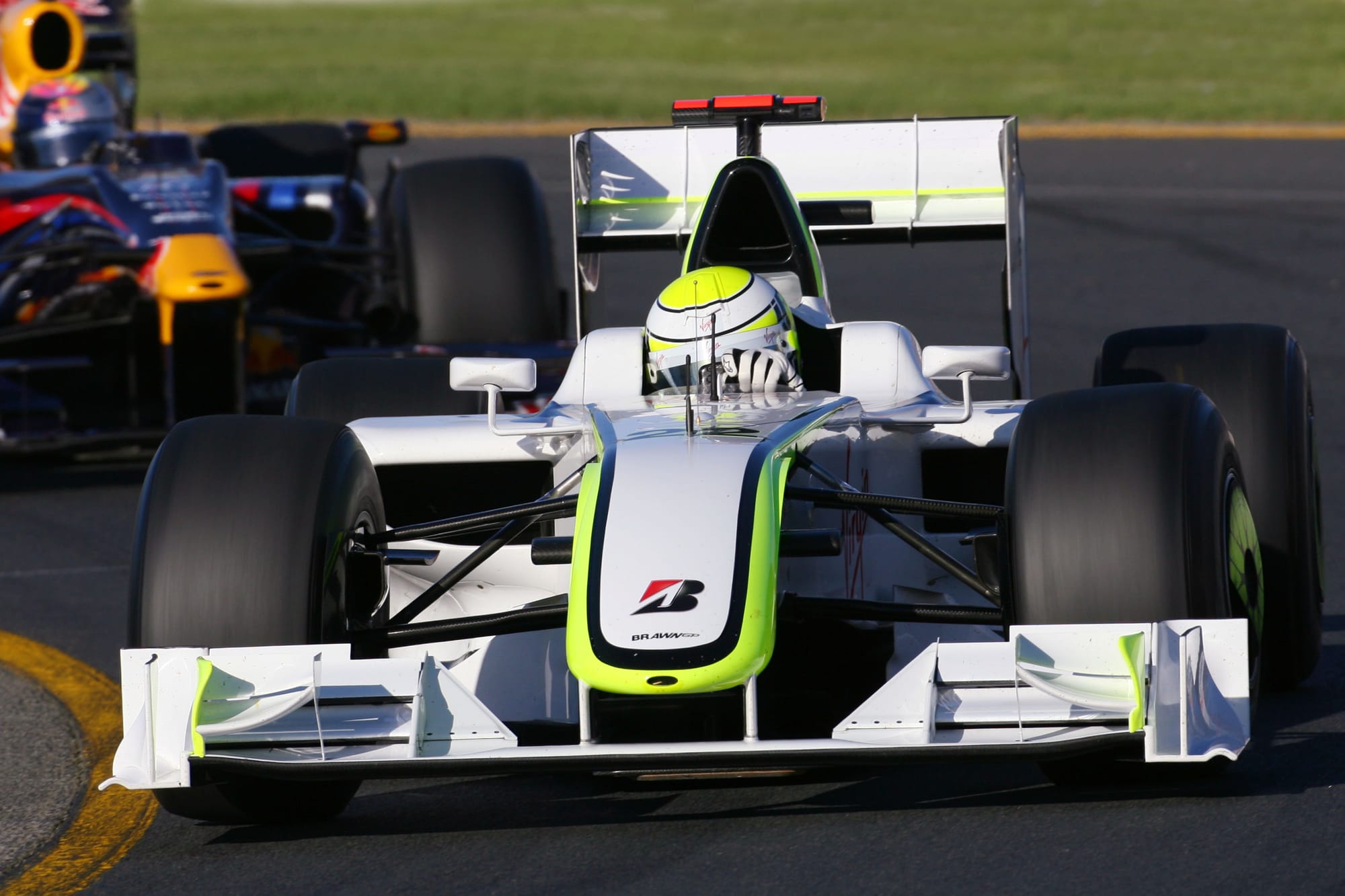
A brand new set of rules for Formula 1 cars and engines for 2026, that's exciting, isn't it?
Well… my enthusiasm for the new F1 rules has waned somewhat over the years. They always promise to shake up the hierarchy, and more often than not, as happened in 2009, 2014 and 2022, they do.
The problem is that the novelty factor doesn't last long. You are sure to have a great pre-season where the testing is worth watching every minute and the anticipation continues all the way until the first qualifying session.
Then you get a completely different pecking order. You have 2009 (Brown goes from relegation on the verge of closure to dominant force) at the extreme end and 2022 (world champion Mercedes falling to the also struggling) at the tepid end of pecking order reforms.
But soon this new, exciting, hybrid system becomes the norm. By the end of the third or fourth round, this expectation has been replaced by an acceptance that the team with a half-second lead on every lap will win it all for a very long time.
Red Bull catching up and (almost) overhauling Brawn in 2009 is the only exception as Brawn had a basic development fund in the season. Without it, her 2009 campaign would be a complete tour de force and a much less compelling fairy tale (with Keanu Reeves).
In fact, 2009 was such an exception that any attempt to replicate the radical change and the feel-good story that followed would be futile.
It usually becomes a waiting game for fans as the big players, stumbling over the banana peel presented by the new rules, have to catch up – a long process in the age of Formula 1's cost cap, and the wait is amplified by the fact that it only takes place 24 race weekends a year.
What's even more painful is that the new rules often stifle the war of really good organic development. The title battle between Mercedes and Red Bull for 2021 being replaced by Red Bull's dominance (through Ferrari's renaissance and brief capitulation) in 2022 is the prime example, but there are plenty of others throughout Formula 1 history.
The first year of resetting the rules is often much less exciting than what comes two or three years later. Seeing McLaren and Ferrari catch up to Red Bull this year has been far more satisfying than if Red Bull's dominance had simply ended through the fault of the 2026 car and/or engine rules.
The problem with F1 is that even if the 2026 rules are a success (maybe something will happen in 2027 or 2028), they will be torn up and reworked for 2030.
This doesn't mean we should never reset the new rules. Formula One has always been about innovation, and having a fixed set of regulations goes against the essence of the championship.
But they can be used more economically otherwise we would simply be stuck in this cycle of throwing away something good every few years in search of something marginally better, forever.
Focusing on engines is a problem
Ed Straw
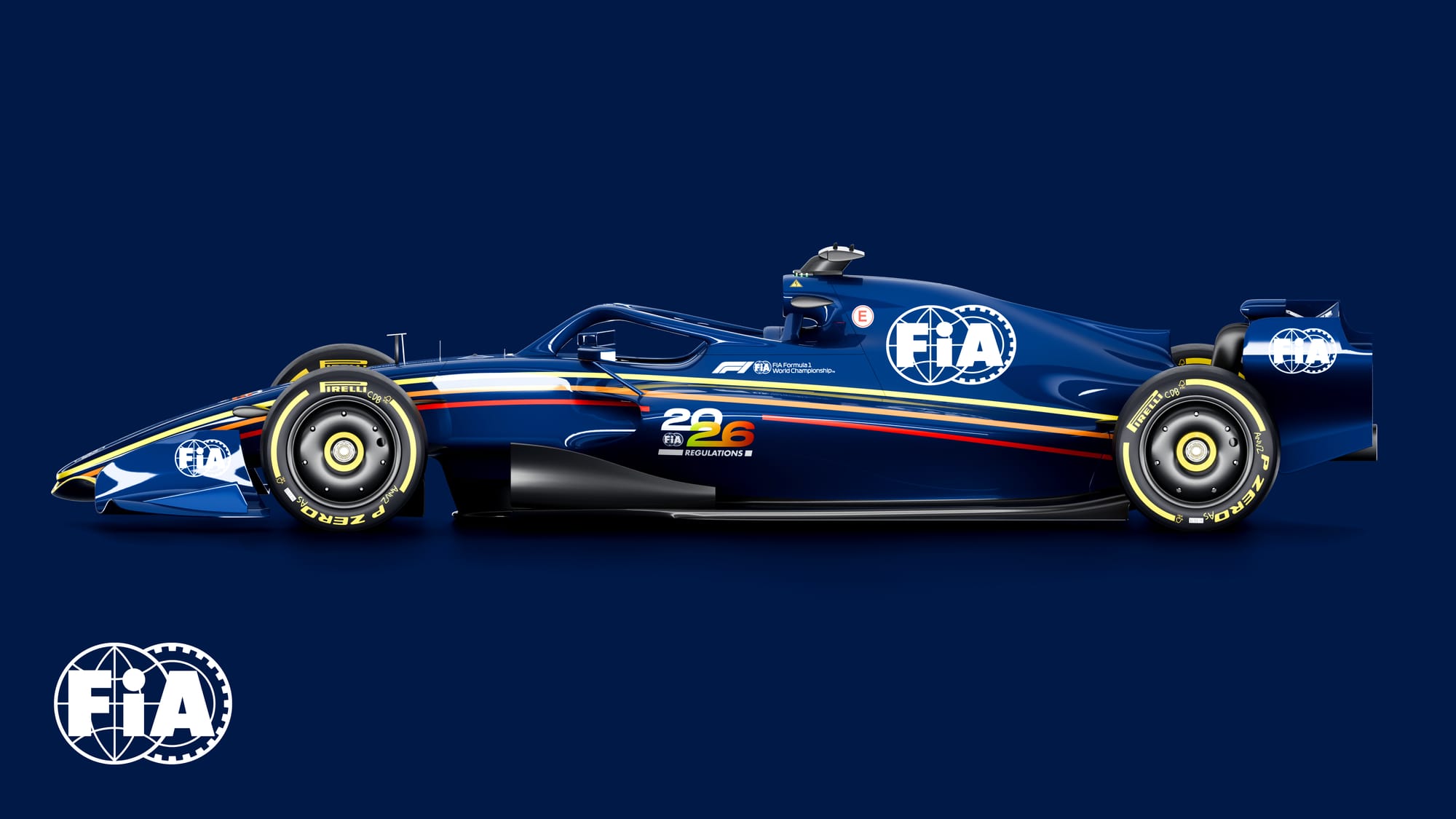
The rules package overall looks interesting and well designed, but there are legitimate concerns about the extent to which the chassis regulations are determined by the need to fit into the power unit package.
While engine registrations are a commercial necessity, and the compromises made are coherent and logical, they don't necessarily add up to the best possible package to produce the kind of Formula 1 spectacle and challenge everyone desires.
There is a clear implicit contradiction in the direction the rules should take. It is absolutely true that there is a desire to reduce the size and weight of cars to make them smarter. Drivers and fans alike will benefit from a return to those cars that are clearly on the edge and have that sharpness through corners that convey a sense of speed.
However, the need for hybrid power units goes against the lightweight ethos, and while the FIA has done a commendable job of trimming the weight and size down, there are compact elements it has had to work within that mean this only serves to reduce the car's size. edges of the problem.
Comfort for Mercedes
Ben Anderson
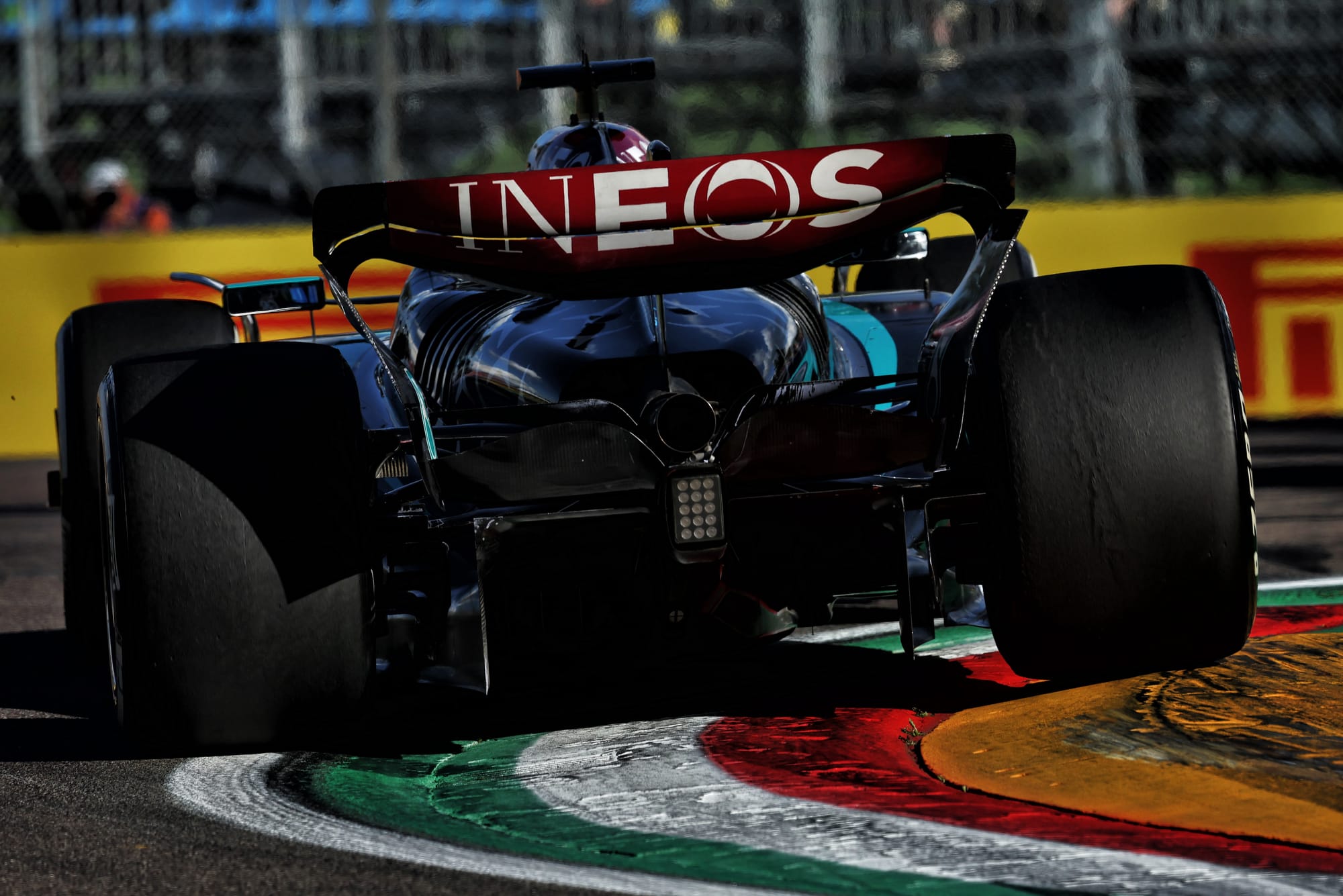
The way these rules are implemented will certainly be a huge relief to Mercedes in particular.
Perhaps no team has struggled more – compared to expectations at least – with the critical emphasis placed by current ground effect regulations on how complex floor designs intersect with precise platform control and ride height sensitivity.
Expectations in 2026 that cars will run higher and less rigid than they do now, with floor width and diffuser strength also reduced, seem like a recipe designed to soothe the pain of Mercedes engineers – and the sore backs of Mercedes drivers.
I'm sure there are still plenty of other potential road hazards at the moment, and it doesn't look like Mercedes will be able to rely on Adrian Newey to steer the course through those hazards, but it does look as if these new aero rules are heading towards what Mercedes is still good at. In it – and hybrids have always been their strong point anyway.





